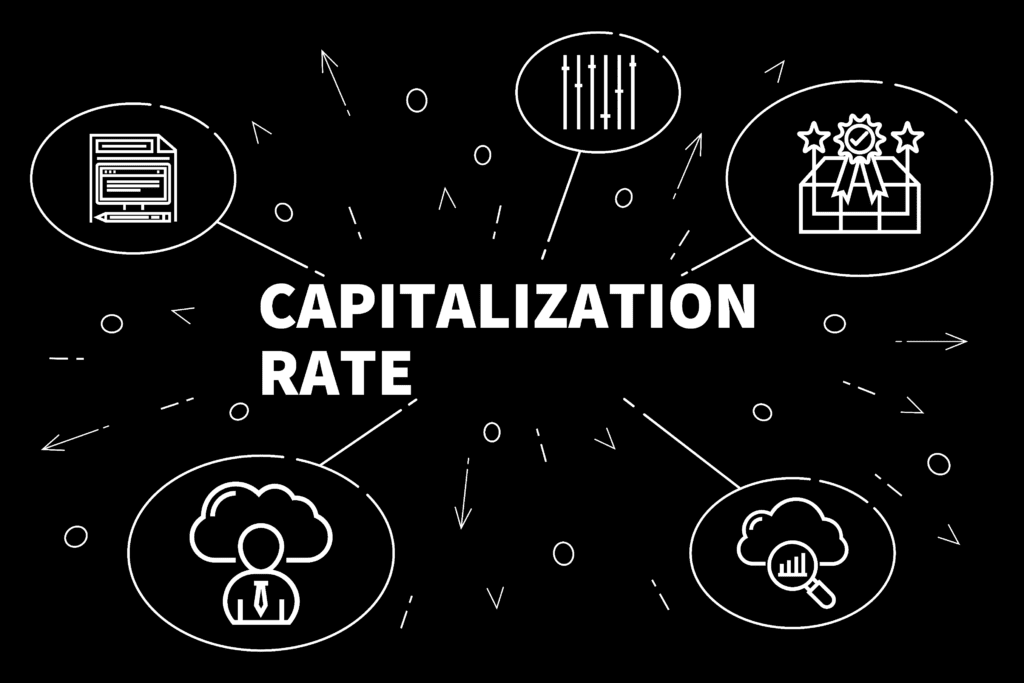The commercial real estate market is strong. Northern Virginia’s real estate market is particularly strong. We recently discussed Q1’s results in our Review for Loudoun, Fairfax, and Prince William Counties. In that article, we referenced Forbes’ Article on The Seven Trends Driving 2022’s CRE Market.
In this month’s article, we will look at one of the major current topics of conversation: How higher interest rates can affect cap rates. There is a lot of talk about how the market will respond to what is happening regarding the influence of higher interest rates and other factors which affect cap rates. We will also look at how investors can view cap rate changes.
It is critical to put any single market force and its possible effect into context. Wise decisions come from broad and deep understanding rather than from the latest news headline or a single monetary policy action such as raising interest rates. Let us begin with a basic overview of the cap rate itself.
Cap Rate 101: The Key Forces and Factors
Cap rates, as we know, are impacted, both negatively and positively, by macroeconomic and microeconomic forces. Those forces affect different types of commercial property in different ways. This is one reason why investors should not look at a single issue (e.g., interest rate hikes) and make a sweeping decision. Experienced investors look closely at all three areas, then at the future, and then they make decisions.
In addition, investors understand that those forces impact three other elements. The first two are the opportunity cost of employing capital in a specific venture and the risk associated with continuing to employ that capital in that chosen venture. Risk is based on two other factors, of course; the first being the investor’s assumptions, beliefs, experience, etc., and how they then translate into future expectations regarding growth, stability, or recession. Those factors will specifically affect how the investor sees future NOI.
Macro, Micro, and Decision-Making
In the macroeconomy, we see the Fed raising interest rates to dampen inflation. That factor is limited; the Fed will not raise interest rates enough to damage the nation’s GDP. Inflation rates are expected to flatten and fall a little. A recent Reuters poll expects the Fed fund rate to be 2.50% to 2.75% by the end of 2023. 10-year T-bonds will deliver a higher return than previously, and CRE investors can compare bond and real estate ownership returns over ten years. Yes, one is more certain than the other, but investors will consider how big or small the risk is compared to the expected return. And that is where microeconomic and property choice factors of Northern Virginia come into play.
While monetary policy will have an impact nationally, impacts will vary region by region and locale by locale, which is why understanding Northern Virginia’s economic situation, trends, and forecasts is critical to making good investment decisions.
How Do Interest Rate Hikes and Cap Rates Correlate?
According to chief economist Ryan Severino, in an interview with globest.com, interest rates and cap rates do not have a close connection. He is quoted as saying, “The poor correlation exists at both the short end of the curve with the fed funds rate and at the long end of the curve with longer dated Treasury yields.”
He states that 40 years of checking the two rates, support his opinion because the three basic elements of cap rates are “the risk-free rate proxy, change in NOI, and risk premium.” If an investor can look at a property type in a specific region, county, or town and expect increased NOI and improving cash flow, then where is the risk premium? An investment where an established NNN tenant is running a successful business, meeting local high-value and continuing needs, should not only generate effective NOI each year but the value of the real estate itself can be also expected to increase.
Increasing interest rates imply increased inflation. Increased inflation implies more cash and credit available for both spending and investing. On top of that, CRE has always been accepted as a hedge against inflation.
When investors see a strong and improving local economy, the risk factor associated with new investment reduces. When NOI and cash flow increase and the risk reduces, they combine to suppress cap rates.
Cap Rate Trends for 2022
An April 26 article by the National Association of Realtors, focused on another economist’s opinion of 2022’s cap rates. Gay Cororaton, the economist interviewed, said there will probably be some modest upward pressure on cap rates, because of other factors which will result in CRE prices increasing.
She said:
- The apartment market will probably benefit from higher residential mortgage rates.
- Industrial space will be less in demand, but warehouse space will become more valuable as last-mile logistics become more important. With the recent disruption to international shipping. JIT (Just in time) logistics is giving way to JIC (Just in Case) logistics to keep deliveries on time.
- Retail stores providing essential services and products should do well.
- Returning to office-based activity, instead of WFH, will minimize any decline in office space demand.
Cap rates, she said, continued to compress across core property types in Q1 even though the 10-year T-note spiked to 2.8%. She also made a rather powerful statement, ” . . . investors are factoring in the strong demand for commercial assets and local economic conditions.”
The Northern Virginia Economy
In January, we reviewed Fairfax, Loudoun, and Prince William Counties’ CRE results for 2021. We want to repeat some of the comments, so investors can look at our microeconomy, and how local businesses see the future. The intention, of course, is to encourage investors to look at opportunities and to consider the risk premium we referred to earlier. The Virginia Economic Development Partnership stated, “A Virginia location means quality and stability for companies seeking the right place to expand and grow.” Northern Virginia’s Economic Survey of 100 Businesses showed that 72% of respondents are optimistic about their near-term economic and business prospects. 67% of respondents are based in Fairfax, Loudoun, and Prince William Counties.
Check out the rest of the review to see, not only overall stats for sales, projects under construction, etc. but also the profiles of buyers and sellers. To top that off, we reviewed sales activity across 11 CRE sectors. Because “property type” is an important factor when considering the potential value and annual NOI, the numbers should help the “confidence factor.” By looking at both of our articles, you will get a detailed 15-month insight into our economy and CRE opportunities.
The Takeaway
Fed rate hikes and cap rates are not mutually reflective. Cap rates are determined by more powerful, as well as local, forces. Plus investor attitude. Northern Virginia’s economy is strong, CRE prices are comparatively low, inventory is very low and prices are rising (the Law of Supply and Demand).
If you would like to learn more and discuss your goals in detail, please just leave your details here, and we will get right back to you.

